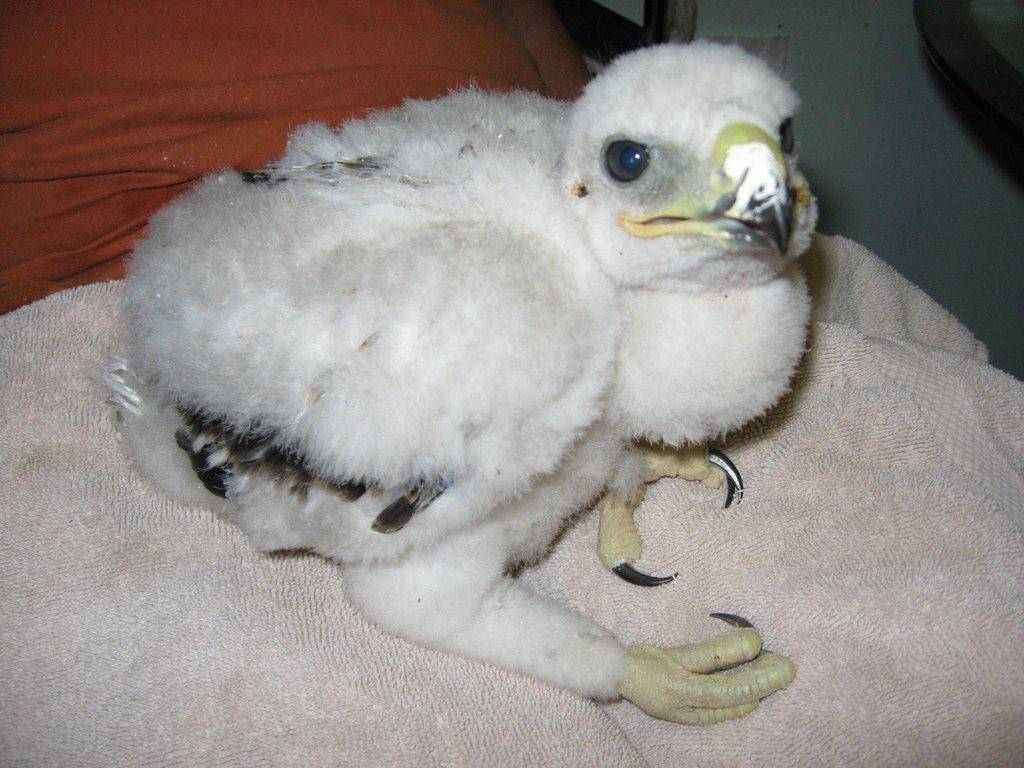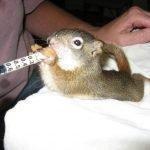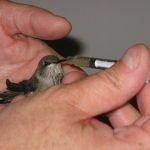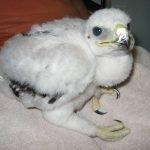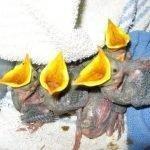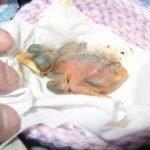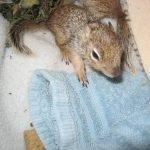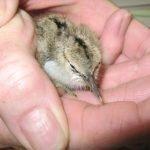Spring has sprung in the Castle Valley. In nature, that means that it is also time for all types of wildlife to begin birthing their offspring.
Second Chance Wildlife and Rehabilitation owner Debbie Pappas urges those that happen upon a baby animal of any kind, whether while recreating, walking down the street or sitting at the park, to call her immediately. Common baby animals locally include bunnies, squirrels, fawns and birds.
Pappas explained that while it may seem natural to instantly call the Division of Wildlife Resources (DWR), local baby animals are referred to her from that point anyway. Pappas urges all to save a step and come to her first in order for her to have the adequate time to hopefully save the babies.
Upon calling Pappas, she would likely request a photo be taken of the baby animal and where it is located. This will help Pappas assess the situation and determine whether or not the animal needs assistance. Sometimes, they are old enough that they are able to be out on their own already.
It is difficult for Pappas to encourage individuals to attempt to replace the babies in their nest, holes, etc. The reasoning behind the hesitation is that it is truly difficult, unless you are an expert, to be able to determine if that particular nest or hole actually belongs to the animal that you are placing it in. Pappas also expressed that the belief that an animal’s mother or family will reject them once they have come in contact with humans is simply a “wives tale,” but professional care is of the utmost importance.
One major concern for these animals, after the height of the fall that they may have taken, is the bacteria found under a cat’s claws. Cats are known for taking baby squirrels and other small animals out of their den and it is very difficult to know if the bacteria has punctured them. The animal does require immediate antibiotics to ensure their safety. Pappas stressed that, if an individual waits even a day to contact her, the damage from the bacteria is already done.
Also requested was not taking photos with the baby, letting your children or others with you play with it, researching online how to care for it, or anything else that will prolong the time before Pappas can treat the animal accordingly.
As a reminder, Second Chance Wildlife Rehabilitation is nonprofit made possible through donated time and services. However, those that work with the organization are professionals and best suited for dealing with all things wildlife. Pappas touted her subpermittee, Connie Waddell, stating that she could not do the work that she does without her.
“No one will ever be Connie,” she said.
However, Second Chance is always welcoming new volunteers. One area that needs help is volunteers that would be willing to drive to sites and pick up the injured or in-need wildlife. Even by donating just one day per week, a large difference would be made.
If individuals are interested in volunteering, would like to contact Pappas regarding an animal or need more information, she can be reached at (435) 650-3441. The DWR and dispatch can also direct individuals to Pappas and Second Chance.
- Photos courtesy of Debbie Pappas

